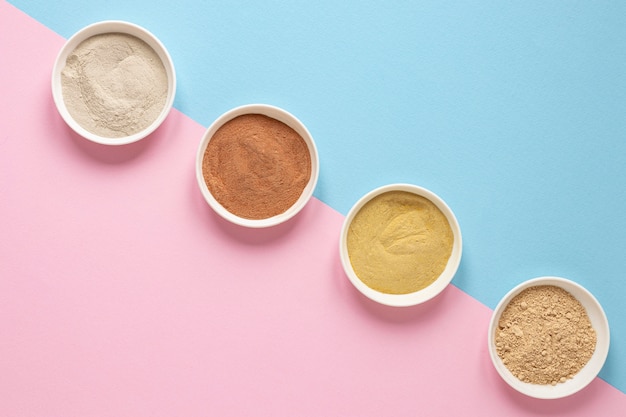When it comes to building muscle, protein is non-negotiable. But with a growing number of options on the shelves, one question stands out: Is plant protein as effective as whey protein for muscle growth?
This comprehensive guide breaks down the science, compares the pros and cons, and gives you actionable steps to build muscle effectively—no matter which protein you choose. Plus, we’ll include clear progress checks so you can track your results with confidence.
Whey protein, derived from milk, has long been the gold standard for muscle building. It’s a complete protein—meaning it contains all nine essential amino acids—and is especially rich in leucine, the amino acid that triggers muscle protein synthesis.
Plant proteins—like pea, rice, hemp, and soy—have traditionally been seen as inferior because many are incomplete or lower in leucine. However, recent research shows that well-formulated plant protein blends can match whey for muscle growth when consumed in adequate amounts.
A 2023 study published in Journal of the International Society of Sports Nutrition found that participants consuming a pea-rice protein blend gained similar muscle mass and strength over 12 weeks compared to those using whey—as long as total protein and training volume were equal.

| Factor | Whey Protein | Plant Protein |
|---|---|---|
| Source | Dairy (milk) | Pea, rice, soy, hemp, etc. |
| Complete Protein | Yes | Blends usually yes |
| Leucine Content | High | Moderate (higher in blends) |
| Digestibility | High | Good (varies by type) |
| Sustainability | Lower | Higher |
The short answer: Both can be equally effective—if you manage your intake correctly.
Whey has a slight edge in terms of leucine content and absorption speed, making it ideal for post-workout recovery. However, plant proteins—especially blends combining pea, rice, and soy—can deliver comparable results when consumed in slightly higher amounts (e.g., 25–30g vs 20–25g per serving).
Moreover, plant proteins are often better tolerated by those with lactose intolerance or dairy sensitivities, and they align with ethical and environmental values.
Tracking progress ensures you’re on the right path. Use these three reliable methods every 4–6 weeks:
If your primary goal is muscle gain and you have no dietary restrictions, whey protein is slightly more efficient due to its amino acid profile and rapid absorption.
However, plant protein is a powerful alternative—especially for those following a vegan diet, managing digestive sensitivities, or prioritizing sustainability. With proper dosing and blending, it can deliver nearly identical results.
Ultimately, consistency in training, nutrition, and recovery matters more than the source of your protein.
Both plant and whey protein can effectively support muscle growth. The best choice depends on your dietary preferences, digestive tolerance, and lifestyle values. Focus on total protein intake, training intensity, and recovery—then track your progress objectively.
Whether you’re blending pea protein or shaking up whey, your effort in the gym and consistency in nutrition will determine your results.

Fitness

Fitness

Fitness

Fitness

Fitness

Fitness

Wellness

Wellness

Fitness

Fitness

Wellness

Fitness

Health

Fitness

Health

Health